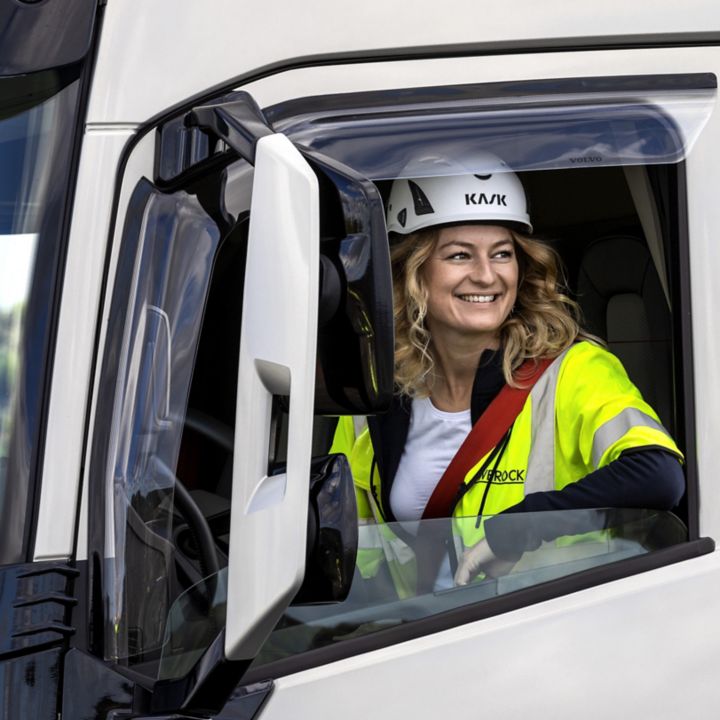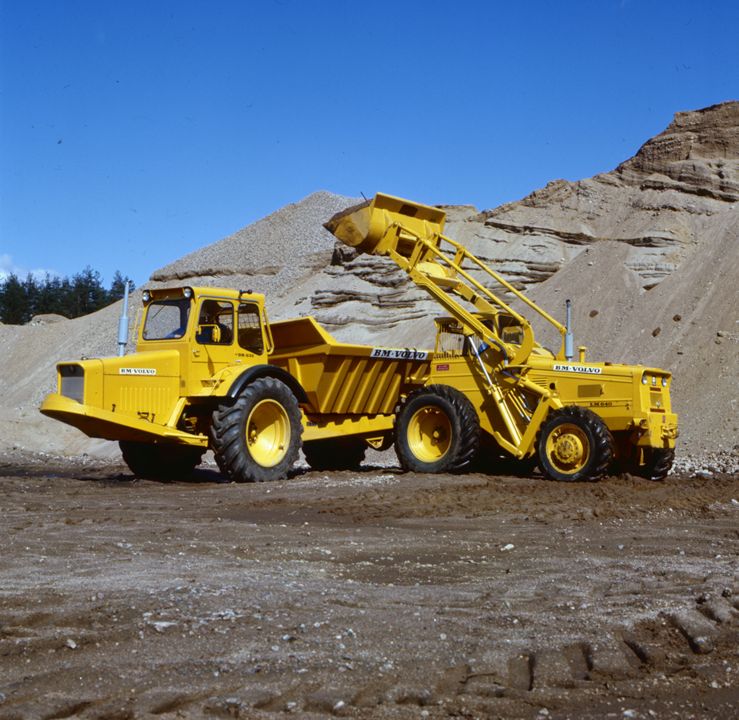The automated transmission that
improved driver comfort
In 2001 Volvo once again introduced a new gamechanger. The I-Shift automated manual transmission improved fuel efficiency and driver comfort.
The first Volvo truck ever sold – the Series 1 in 1928 – had features that made it stand out. With its three-speed gearbox and a low level of sound for the driver for the time, it was an immediate success. It is safe to say that from day one, comfort has been essential for Volvo. This also reflects in the seating. In 1964, the Volvo Amazon car was the first model in the world to offer steplessly adjustable lumbar support in the front seats, developed together with medical experts to optimize comfort and safety.
By 1977, air conditioning became standard in the F10/F12 - a comfort and safety measure for drivers in hot climates, which would help to keep them more alert.
But for many professional drivers one of the most significant changes in terms of comfort came in the early 2000s with the introduction of an automated manual transmission system that actually helped drivers and reduced fuel consumption, noise, vibrations and physical strain. With the I-Shift – the electronically controlled transmission system designed for heavy duty vehicles – a star was born.
Intelligent transmission
It was the first of its kind: an intelligent automatic manual transmission system for trucks and buses. It represented something of a revolution for drivers of heavy vehicles, because at its core was something relatively new – a transmission where the gear shifting had been automated (with optimum shift points). Another thing that made it different, and of great interest to drivers, truck owners and fleet managers, was the way in which it could be adapted to be electronically optimized for long-distance driving. This both increased long-haul efficiency as well as eliminating the maintenance headaches previously associated with truck and bus transmission systems. After optimizing I-Shift for long haul, the transmission was further tuned to suit distribution, construction, heavy haulage and off-road driving.
But a technical innovation isn’t worth much if it isn’t put to use. The I-Shift was put through rigorous driver testing, convincing even the biggest skeptics of the positives after just one go.
“All drivers switch gears differently, but you could say that the I-Shift switches like a seasoned driver – except on low RPMs where it changes more often for better performance and fuel economy,” the engineering team said when describing how it felt to use their innovation.
Efficiency
The I-Shift thus joined the ranks of Volvo innovations designed to make long-distance driving more efficient, more comfortable, more profitable and, in general, easier. The I-Shift also inspired a whole series of other Volvo innovations designed to make driving more efficient – and more intelligent. Innovations like I-Torque, and I-See all take the intelligent data-driven element of the I-Shift and use it to make driving more effective. The addition of an extension gear box to the I-Shift brought high start ability and low-speed maneuvering.
The focus on comfort and wellbeing for drivers and passengers has always been part of Volvo’s DNA. Innovations like the Globetrotter cab, which turned the driver seat into more of a living space and later on developments like the Volvo Dynamic Steering improving both safety and the driving experience by reducing the strain on drivers’ shoulders, neck and arms – are clear proof on that.
The latter was the feature that enabled Jean-Claude van Damme to safely perform the unforgettable “epic split” between two moving Volvo FMs. We leave it to you to decide if that seems like a comfortable ride or not.
Download this original Swedish language version of the I-Shift product factsheet, from 2001.
Format PNG Size 1 MB







